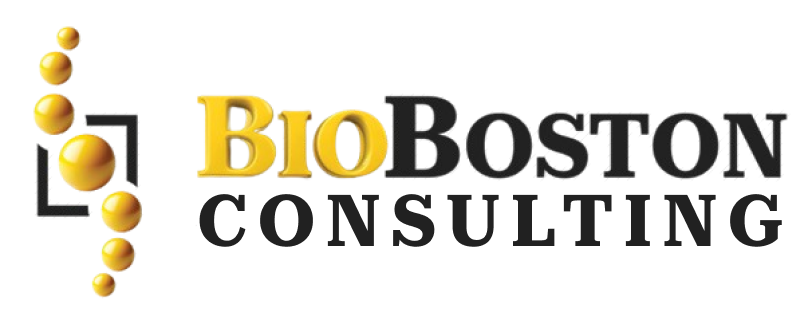Explore the essential steps for implementing a Quality Management System (QMS) in life sciences. Learn about FDA compliance, risk management, and continuous improvement strategies.
Learn the critical steps to take and strategies that will help your organization land in compliance and also leave you on a solid pathway toward success.
Introduction
The life science industry is ever-changing and safeguarding the quality of products, as well as the safety of patients.. A well-organised Quality Management System (QMS) can make you comply with FDA requirements and also play a point for effective operations.
We, as one of the premier Quality and Regulatory Consulting firms, recognize why QMS implementation is crucial then maintaining it. This guide covers everything you need to know about the process of establishing a QMS that complies with FDA standards so that you can create and maintain an effective system.
The Simply of QMS
Introduction to Quality Management System (QMS)
Explain what a QMS is & why it is vital for product quality and compliance.
The FDA’s Expectations
Describe the way to adapt about QMS set up according with FDA anticipation and consequences for default.
Establishing Your QMS Ground Base
Leadership Commitment
Discuss the significant role leadership plays to drive QMS implementation
Setting Quality Objectives
Explain how to ensure the clear quality objectives which are in line with your business goals?
Identifying Key Processes
Find and describe the key processes in your organization that impact product quality.
QMS Implementation
Documenting Procedures
Talk through the documentation of SOPs for consistency and compliance
Employee Training
Emphasize the Importance of Employee Training: This will make everyone aware which leads to a streamlined process of sustaining the quality
Risk Management
Discuss how we can connect risk management with the all-important part of QMS to pinpoint and eliminate risks.
Supplier Quality Management
Explain how to control/improve suppliers as well as strategies of monitoring the quality of incoming materials.
Best Practices Through Upgrading and Compliance
Internal Audits
Regular internal audit: Why it is so Important for Identification of Improvement Areas and Compliance upkeep.
CAPA (Corrective and Preventive Actions)
Explain the CAPA process and it how it addresses non-conformances/prevents their recurrence.
Data and Metrics
Brainstorm data and metrics for continuous improvement
Complying with FDA Regulations
FDA Regulations and Standards
An overview of FDA regulations and standards for QMS in the life science industry
Validation and Verification
What is the role Validation and Verification Tasks play for demonstrating compliance?
Documentation and Documentation
Emphasize the importance of proper documentation and record-keeping for the sake of FDA compliance.
Sustaining Your QMS
Management Review
The process of review by management to confirm the continuing suitability, adequacy and effectiveness of the QMS in relation to business objectives.
Periodic Assessments
Explain why regular check-ups are needed for QMS to work as the environment changes.
Continual Training
Highlight ongoing employee training and development to enact a quality culture.
Advantages of a Good QMS
Improved Product Quality
Provide examples of how a strong QMS results in better product quality and reliability.
Regulatory Compliance
Showcase how a properly executed QMS ensures FDA compliance and mitigates regulatory actions.
Customer satisfaction is improved.
Describe how a quality management system is also associated with the enhancement in customer satisfaction and faith in your products
Conclusion
Regulatory mandate aside, an evocative Quality Management System is a strategic tool to capitalize on in this cutthroat world of life science enterprises.
With this complete guide, you will be able to create a good QMS that complies with FDA regulations and raise your organization’s quality standards.
BioBoston Consulting is here to help you at every point of your QMS roadmap from initiation to continuing care so that your products are on par with the requirements of quality and compliance standard.
If you want to know more about how we can help your organization feel free to get in touch with BioBoston Consulting or visit here for our other offerings.


